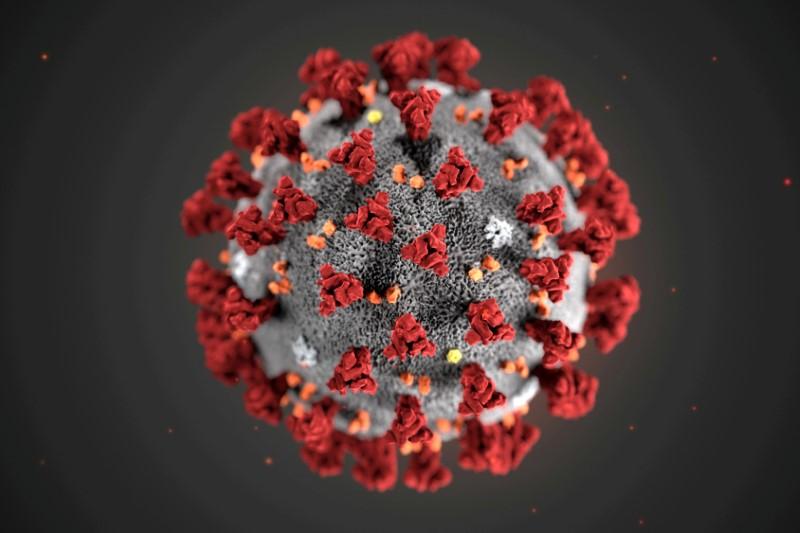GENEVA/CHICAGO -- The World Health Organization (WHO) is reviewing a report urging it to update guidance on the novel coronavirus after more than 200 scientists, in a letter to the health agency, outlined evidence the virus can spread in tiny airborne particles.
The WHO says SARS-CoV-2, the virus that causes COVID-19, spreads primarily through small droplets expelled from the nose and mouth of an infected person that quickly sink to the ground.
But in an open letter to the Geneva-based agency, published on Monday in the Clinical Infectious Diseases journal, 239 scientists in 32 countries outlined evidence that they say shows floating virus particles can infect people who breathe them in.
Because those smaller particles can linger in the air, the scientists are urging WHO to update its guidance.
“We are aware of the article and are reviewing its contents with our technical experts,” WHO spokesman Tarik Jasarevic said on Monday in an email.
How frequently the coronavirus can spread by the airborne or aerosol route - as opposed to by larger droplets in coughs and sneezes - is not clear.
Any change in the WHO’s assessment of risk of transmission could affect its current advice on keeping 1-metre (3.3 feet) of physical distancing. Governments, which rely on the agency for guidance policy, may also have to adjust public health measures aimed at curbing the spread of the virus.
Although the WHO has said it is considering aerosols as a possible route of transmission, it has yet to be convinced that the evidence warrants a change in guidance.
Dr. Michael Osterholm, an infectious disease expert at the University of Minnesota, said the WHO has long been reluctant to acknowledge aerosol transmission of influenza, “in spite of compelling data,” and sees the current controversy as part of that simmering debate.
“I think the frustration level has finally boiled over with regard to the role that airborne transmission plays in diseases like influenza and SARS-CoV-2,” Osterholm said.
Professor Babak Javid, an infectious disease consultant at Cambridge University Hospitals, said airborne transmission of the virus is possible and even likely, but said evidence over how long the virus stays airborne is lacking.
If it can hang in the air for long periods of time, even after an infected person leaves that space, that could affect the measures healthcare workers and others take to protect themselves.
WHO guidance to health workers, dated June 29, says SARS-CoV-2 is primarily transmitted through respiratory droplets and on surfaces.
But airborne transmission is possible in some circumstances, such as when performing intubation and aerosol-generating procedures, the WHO says. They advise medical workers performing such procedures to wear heavy duty N95 respiratory masks and other protective equipment in an adequately ventilated room.
Dr. William Hanage, an epidemiologist at the Harvard T.H. Chan School of Public Health, said the report under review at the WHO “makes many reasonable points about the evidence that this mode of transmission can happen, and they should be taken seriously.”
But how often airborne transmission happens, which is unknown, also matters.
“If airborne transmission is possible but rare, then eliminating it wouldn’t have a huge impact,” he said in emailed comments.
Officials at South Korea’s Centers for Disease Control said on Monday they were continuing to discuss various issues about COVID-19, including the possibility of airborne transmission. They said more investigations and evidence were needed.





















































